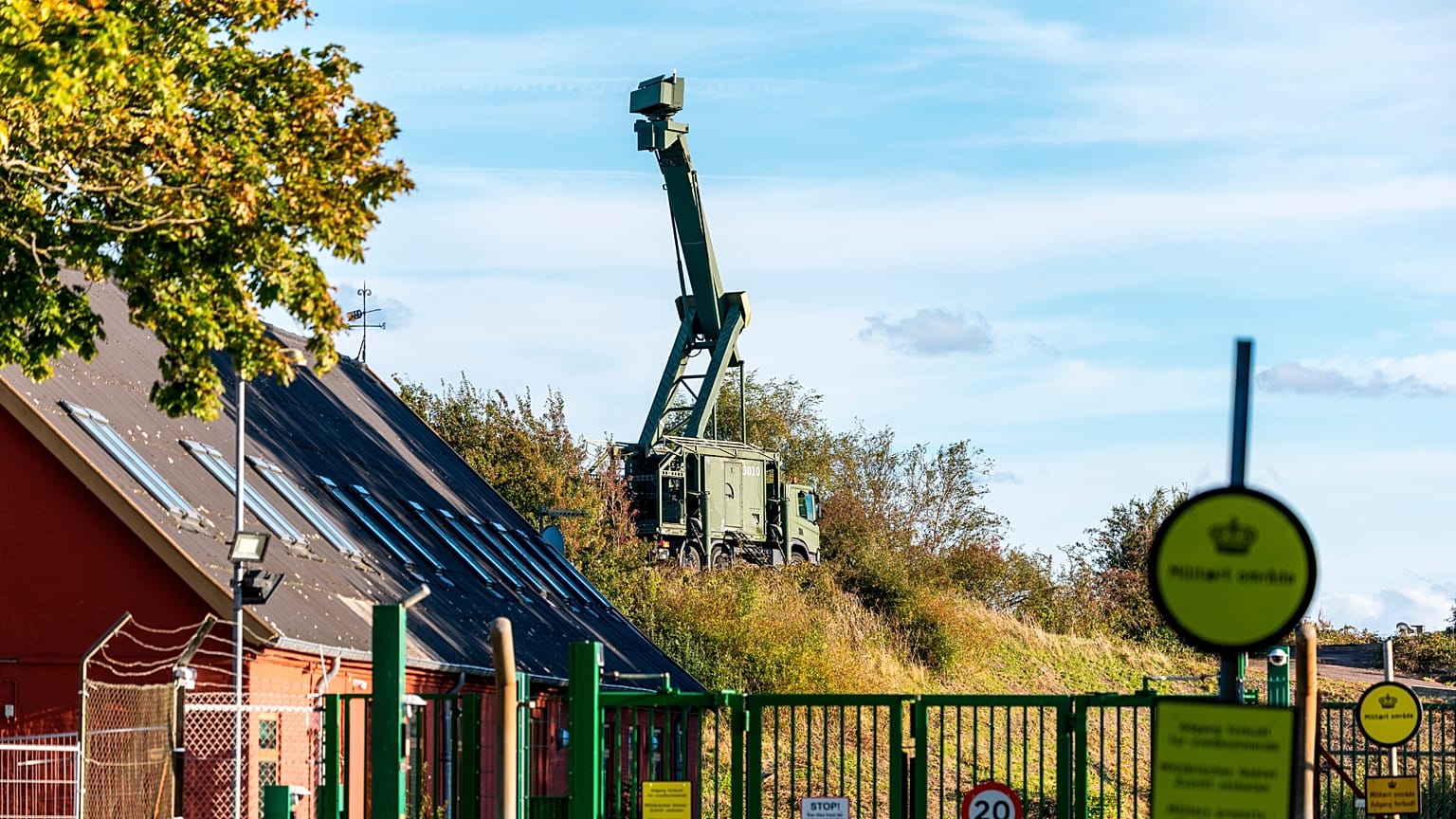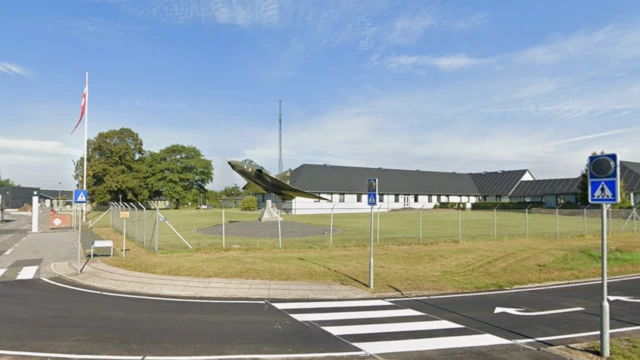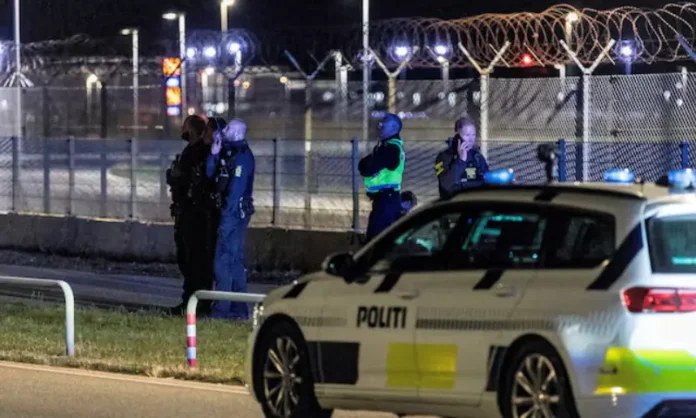A new wave of suspicious drone activity has been reported over Danish military installations, including Karup Air Base, the country’s largest defense facility. The incidents, which follow a series of similar disruptions earlier this week, have reignited concerns about potential hybrid threats against NATO states.
Drones Detected Over Denmark’s Largest Air Base

Authorities confirmed that drones were sighted late Friday evening above Karup Air Base, located in central Jutland. The base, which hosts all Danish Armed Forces helicopters, airspace surveillance operations, and key sections of the Defence Command, employs roughly 3,500 personnel.
The incursion forced officials to temporarily restrict civil airspace above the base. However, according to duty officer Simon Skelsjaer, there were no disruptions to passenger flights since no commercial aircraft were scheduled in the vicinity at the time.
The Danish Defence Ministry later acknowledged drones were observed at multiple military facilities across the country but declined to specify which ones, citing ongoing investigations.
Growing Pattern of Airspace Disruptions

The latest drone activity follows several alarming incidents earlier this week. On Monday, Copenhagen Airport—Scandinavia’s busiest—was forced to suspend operations for several hours after multiple drone sightings. Just two days later, drones disrupted air traffic at Aalborg and Billund airports, while three other regional airports reported possible sightings.
Neighboring countries have also reported suspicious aerial activity. On Friday, Germany’s interior ministry confirmed it was investigating drone flights over Schleswig-Holstein, the northern region bordering Denmark. Meanwhile, Norway’s police opened an inquiry into drone sightings near Orland Air Base, home to its fleet of F-35 fighter jets. Lithuania’s Vilnius Airport also experienced delays on Friday after detecting drone activity near its runways.
Possible Russian Link Under Scrutiny
The repeated incursions have led to speculation about possible Russian involvement. Denmark’s Defence Minister described the incidents as part of a “hybrid attack” carried out by a “professional actor,” but emphasized the drones were likely launched locally.
A hybrid attack typically combines military and non-military methods, aiming to disrupt a nation’s critical infrastructure, public confidence, or security systems without resorting to open warfare.
While no direct evidence has been presented linking Moscow to the operations, Danish Prime Minister Mette Frederiksen stated earlier this week that Russian involvement “cannot be ruled out.”
The Russian Embassy in Copenhagen, however, dismissed the allegations as “absurd speculations,” calling the incidents “staged provocations.”
NATO on High Alert
The drone intrusions over Danish and neighboring NATO territories come amid heightened tensions between the alliance and Moscow. In recent weeks:
-
Poland and Estonia reported separate airspace violations involving Russian drones and MiG-31 fighter jets.
-
Romania accused Russia of breaching its airspace with unmanned aerial vehicles.
-
Multiple NATO allies requested emergency consultations regarding Russian military activities near their borders.
These developments have placed Europe on edge, particularly as Western nations continue supplying military and humanitarian support to Ukraine in its defense against Russia’s invasion.
Investigations Underway
Danish police and military officials are jointly investigating the drone incursions. According to duty officer Skelsjaer, authorities have not attempted to shoot down the drones, leaving unanswered questions about their origin, operators, and intent.
Officials have stressed that while Friday’s incident did not impact scheduled flights, the security risks remain serious, especially given the drones’ proximity to sensitive military infrastructure.
Strategic Importance of Karup Air Base
Karup Air Base plays a central role in Denmark’s defense strategy. Apart from hosting helicopters and surveillance systems, it acts as a hub for coordinating Danish airspace security. Any compromise of its operations could have far-reaching implications for both Denmark and NATO’s collective defense efforts in Northern Europe.
Regional Implications
Security analysts warn that the incidents reflect broader challenges NATO faces in countering unconventional threats. Unlike traditional military aggression, drone incursions offer plausible deniability for hostile actors while still sowing confusion and disruption.
Given the frequency of recent sightings, experts believe Denmark and its allies may soon consider deploying counter-drone technologies or revising their airspace defense protocols.
Conclusion
The string of drone sightings across Denmark and its neighbors highlights the increasing vulnerability of modern militaries and civilian infrastructure to unconventional aerial threats. While investigations continue, questions remain over whether these incursions are isolated provocations or part of a larger strategy to undermine European security.
For now, Denmark is treating the situation as a serious hybrid threat, with the government urging vigilance while carefully avoiding premature conclusions about foreign involvement.

